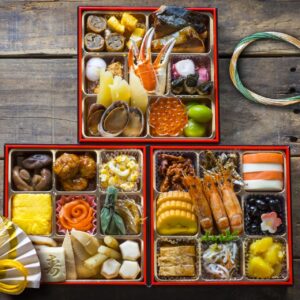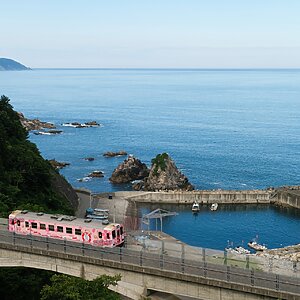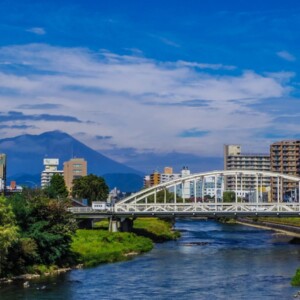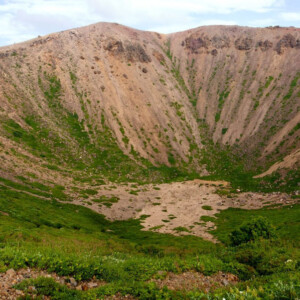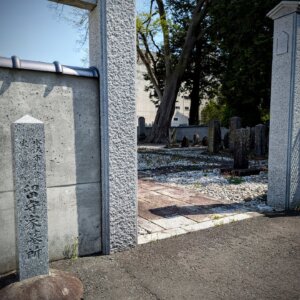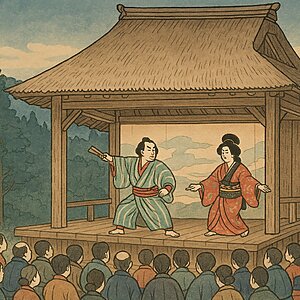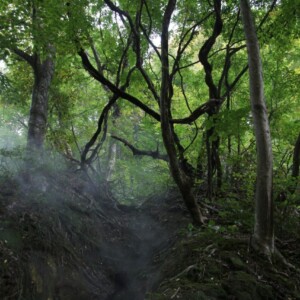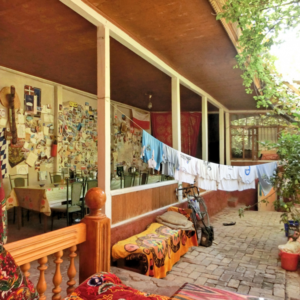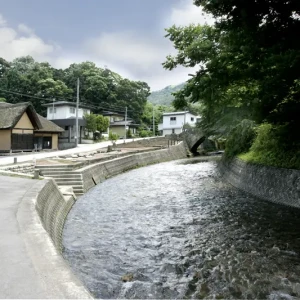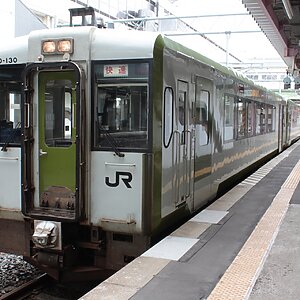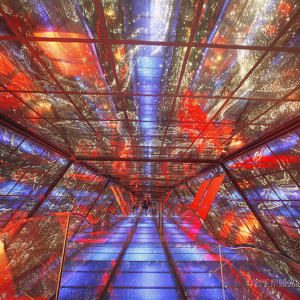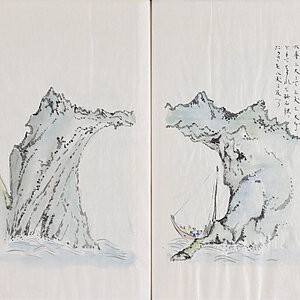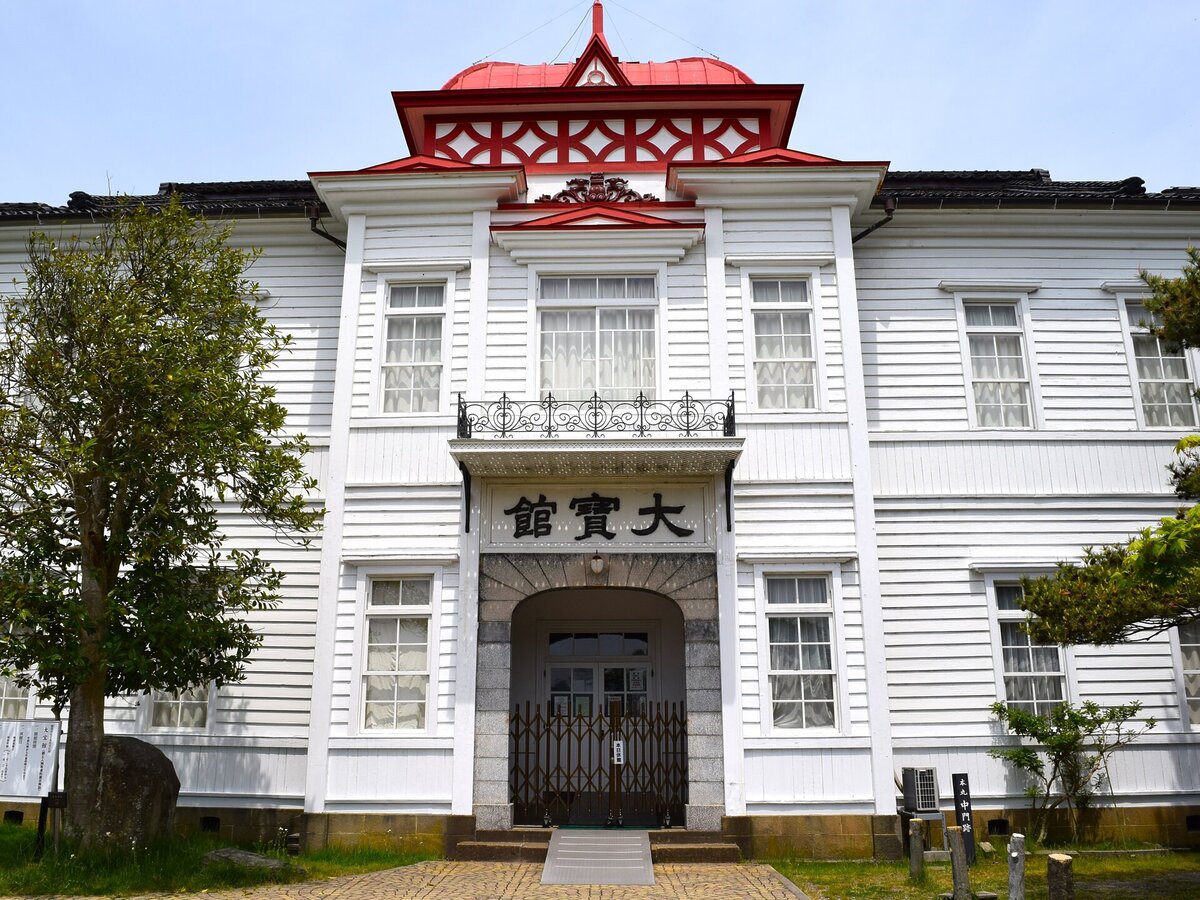
A historical heritage that remains at Tsuruoka, the port of call for Kitamae Ship [Yamagata Prefecture]
table of contents
- 1 ``Ryuoson Zenpoji Temple'' worshiped by Kitamaebune ship owners
- 2 The Chido Museum has a collection of Kitamae ship models and ship chests donated by ship owners.
- 3 The site of the Shonai Domain's lord's castle is a park where citizens can relax, Tsurugaoka Castle Ruins Tsuruoka Park
- 4 ``Former Shonai Domain Lord Goinden'' was dismantled and transported from Edo by Kitamaebune
- 5 “Former Nishitagawa County Office” is a government office from the Meiji era that shows the prosperity of Tsuruoka.
- 6 "Former Tsuruoka Police Station Building", which policed the crowded Tsuruoka area
Kitamaebune, which traveled back and forth between Osaka, Tohoku and Hokkaido through the Sea of Japan from the mid-Edo period to the 1930s, transported many supplies .
Sakata (Sakata, Yamagata Prefecture) was the largest port in the Tohoku region, but it also called in Tsuruoka, where the Shonai Domain was home to, transporting rice and other souvenirs from the Shonai Plain, as well as silk products (Japanese heritage "Silk associated with Samurai") towards Osaka.
The busiest of these Kamo (Kamo, Tsuruoka City) .
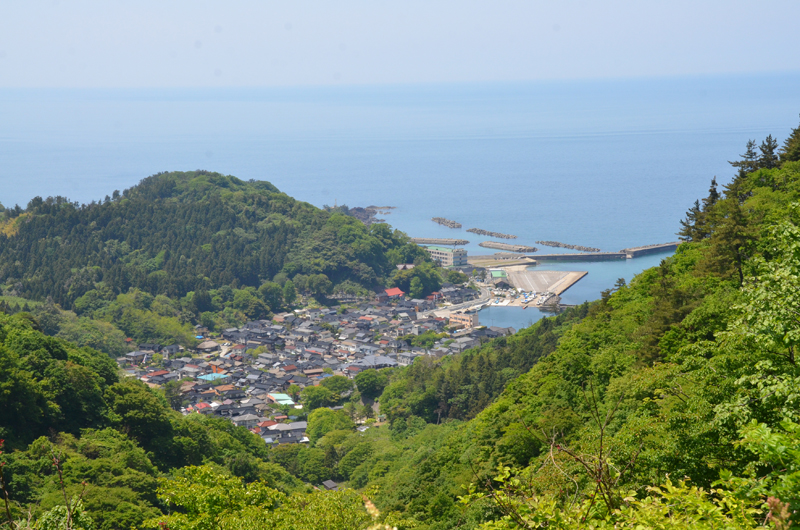
During the Taisho period, the railway was opened, and Kitamae Ships ended its role, and of course Kamo's port, which had no connection to the railway, became lonely.

Today, Kamo is a fishing port known for being home to the "Kamo Aquarium" The town still has a wealthy merchant building and storehouse that was built at the heyday of Kitamae Ship, and is designated as the Shonai Scenery Corridor

The quay of Kamo Port is a stone wall built in the Meiji period, and the old storehouse in the town features the flag mark of the Kitamae Ship.
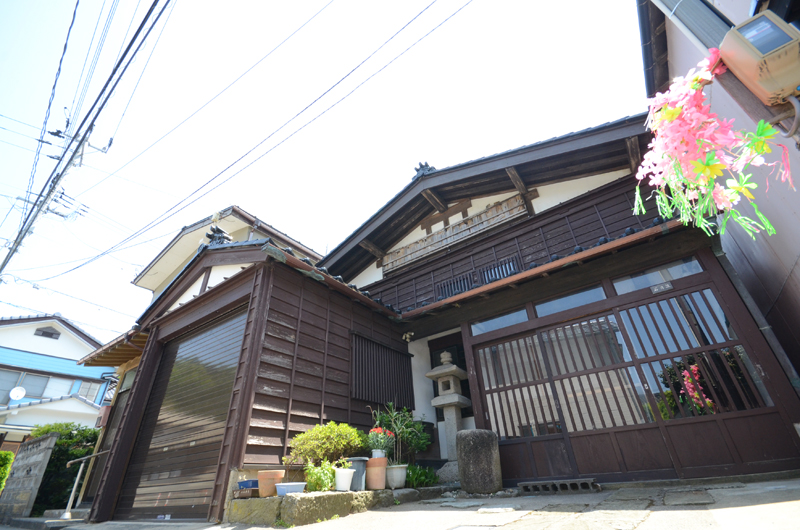
Residence, which was said to be the large landowner following the Honma family in Sakata (Sata City, Yamagata Prefecture), the Ishinazaka family that owns Kitamae ship's owner , and the atmosphere of the era when Kitamae ship was bustling with Kitamae ships.
Tsuruoka City Kamo District <Information>
- Name: Tsuruoka City Kamo District
- Location: Kamo, Tsuruoka City
- Phone number: 0235-33-3023 (Tsuruoka City Kamo District Self-Government Promotion Association)
- URL: Tsuruoka City Kamo District
Google Map
``Ryuoson Zenpoji Temple'' worshiped by Kitamaebune ship owners
Ryuo Sozenpoji Temple is well known to those involved in the ocean as a temple dedicated to the dragon god, the god of the sea.
This ancient temple is said to have been opened in 951 by Myotatsu Shonin, and is one of the three major prayer halls of Soto Shu, along with Toyokawa Inari (Toyokawa City, Aichi Prefecture) and Saijoji Temple (Minamiashigara City, Kanagawa Prefecture).
At the back of the temple grounds, on the banks of Kaibamiike Pond, is the Ryujin-do Hall, where the dragon god is enshrined.

The Gohyakurakando Hall is a hall built with donations from merchants who made good money on Kitamae Ship. The 531 Arhat statues enshrined there were also made by donation.
Six buildings, including the Gohyaku Rakan-do Hall, the main gate, and the five-storied pagoda, are registered tangible cultural properties of the country.
Ryuo Sozenkoji Temple <Information>
- Name: Ryuoson Zenpoji Temple
- Location: 100 Sekine, Shimokawa, Tsuruoka City, Yamagata Prefecture
- Phone number: 0235-33-3303
- Free admission to worship
- URL: Zenpoji Temple
Google Map
The Chido Museum has a collection of Kitamae ship models and ship chests donated by ship owners.
The Chido Museum in Tsuruoka City holds ship models dedicated to the owners of Kitamae Ship, as well as ship emas, four-claw anchors, handprints, ship book, ship ward tags, and funadans, and other items that are open to the public.

The ``Chido Museum'' features the garden of the Sakai family, the lords of the Shonai domain who focused on the Kitamae-bune trade, the former lord of the Shonai domain, the former sericulture farmer's house in Tamumamata, and the Meiji era, when Tsuruoka was flourishing. Valuable historical assets such as the former Nishitagawa County Office, the former Tsuruoka Police Station building, and important tangible folk cultural properties from the Shonai region have been relocated and exhibited.
Chido Museum<Information>
- Name: Chido Museum
- Location: 10-18 Yanakashinmachi, Tsuruoka City, Yamagata Prefecture
- Phone number: 0235-22-1199 (Chido Museum)
- Opening hours:
- March-November/9:00-17:00 (Admission until 16:30)
- December - February / 9:00 - 16:30 (Admission until 16:00)
- Closed: December 28th to January 4th, Wednesdays (December to February)
- Admission fee: General 800 yen, High school and university students 700 yen, Elementary and junior high school students 300 yen
- URL: Chido Museum
Google Map
The site of the Shonai Domain's lord's castle is a park where citizens can relax, Tsurugaoka Castle Ruins Tsuruoka Park
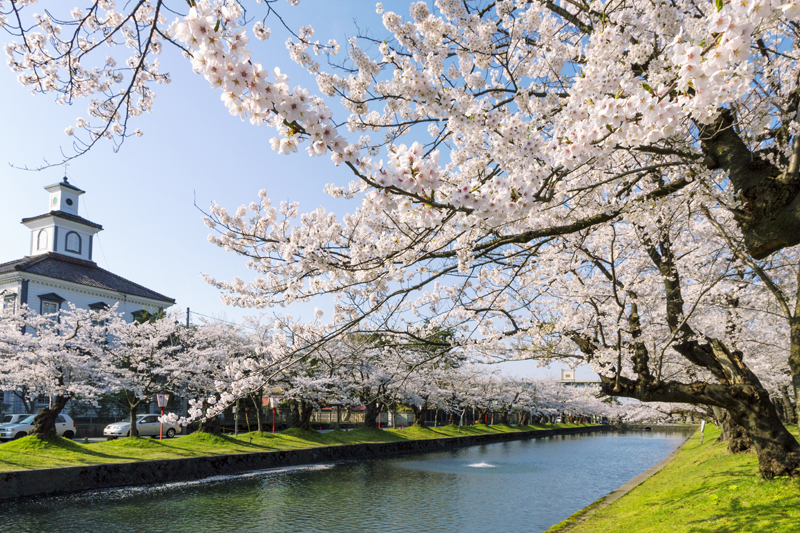
Tsurugaoka Castle Ruins Tsurugaoka Park is a park built on the site of Tsurugaoka Castle, the castle of Sakai family, the lord of Shonai Domain. Tsurugaoka Castle was demolished in the Meiji period, but the Shonai Jinja Shrine was built on the castle ruins. The tiles of Tsurugaoka Castle are used for the main tiles of Shonai Shrine.

There are many ruins from the castle era, including moats, stone walls, and cedars that are several hundred years old. The Taihokan, which is located on the premises , was built in 1915 (Taisho 4) to commemorate the enthronement of Emperor Taisho and was used as a municipal library after World War II.
Currently, materials from great people born in Tsuruoka, including the Meiji-era literary scholar Takayama Chogyu (1871-1902), are on display.
Tsuruoka Park <Information>
- Name: Tsurugaoka Castle Ruins Tsurugaoka Park
- Location: 4-7 Babamachi, Tsuruoka City
- Phone number: 0235-25-7678 (Tsuruoka sightseeing navigation)
- Opening hours: 24 hours
- Fee: Free
- Name: Taihokan
- Location: Inside Tsuruoka Park
- Phone number: 0235-24-3266
- Opening hours: 9:00-16:30
- Closed: Wednesdays (the next weekday if Wednesday is a holiday) Year-end and New Year holidays (December 29th to January 3rd)
- Admission fee: Free
- URL: Tsuruoka Park Daihokan
Google Map
``Former Shonai Domain Lord Goinden'' was dismantled and transported from Edo by Kitamaebune
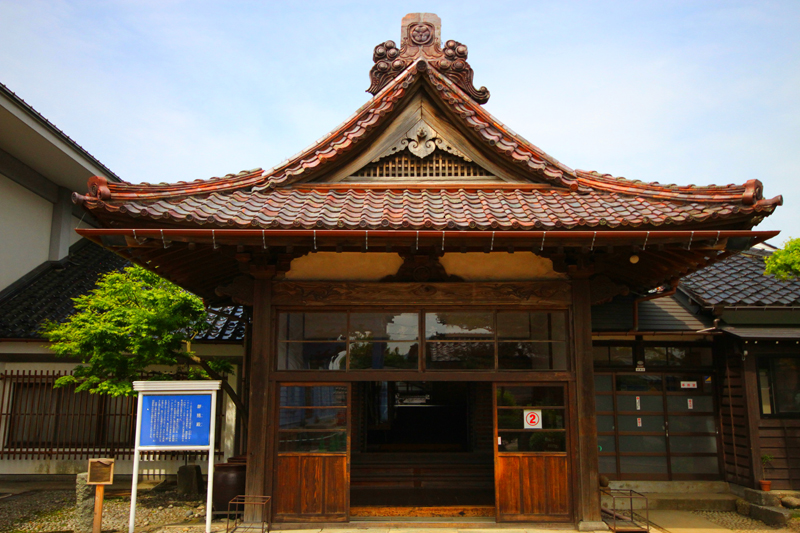
The former Shonai Domain Lord Goinden is a retired mansion made by Sakaita Aki (1812-1876), the 11th Shonai Domain lord, and was transported to Tsuruoka by Kitamae Ship. There are also records that it was built using a lot of lumber within Shonai territory. It is now relocated and built inside the Chido Museum and is on permanent display.
“Former Nishitagawa County Office” is a government office from the Meiji era that shows the prosperity of Tsuruoka.
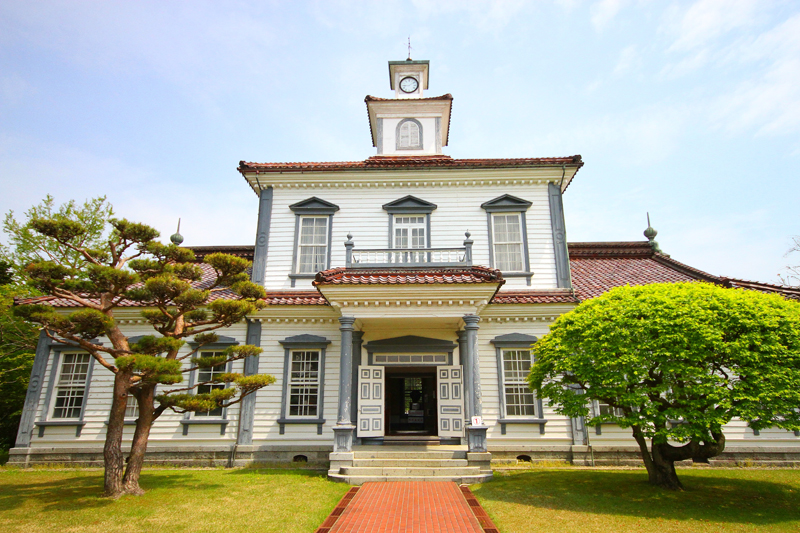
The "Former Nishidagawa District Office" is the former Nishidagawa District office built in 1881 (Meiji 14). The former Nishidagawa County was the territory of the Shonai Domain in the Edo period, and was an area facing the Sea of Japan, combining the west side of Tsuruoka City and the west side of Sakata City.
The ``Former Nishitagawa County Office'' is basically a Western-style building, but it is a pseudo-Western-style building that also incorporates elements of Japanese architecture. It has now been moved to the Chido Museum, where archaeological materials excavated from Shonai and materials from the Boshin War at the end of the Edo period to the Meiji civilization and enlightenment period are on display. The "Former Nishitagawa County Office" is a nationally important cultural property.
"Former Tsuruoka Police Station Building", which policed the crowded Tsuruoka area

The "Old Tsuruoka Police Station Building" was built in 1884 (Meiji 17) and is a typical two-story wooden pseudo-Western-style building. It is said to be a masterpiece by Kanekichi Takahashi, an architect from Tsuruoka who also designed the Old Nishitagawa County Office and Shonai Shrine. It has now been relocated to the Chido Museum and is used as the Chido Museum office building. The "Former Tsuruoka Police Station" is a national important cultural property.
Tsuruoka City has been certified as a Japanese Heritage site, ``A different space created by the dreams of men who crossed the rough seas - Kitamaebune port of call and shipowner village.''。



!["Mogami safflower" certified as a Japanese heritage and Japanese agricultural heritage [Yamagata Prefecture] Mogami safflower](https://jp.neft.asia/wp-content/uploads/2022/12/30121446_m-1-150x150.jpg)
![[Yamagata Prefecture] Tsuruoka's silk fabric industry created by changing swords to hoes. 5182039_m](https://jp.neft.asia/wp-content/uploads/2023/02/5182039_m-150x150.jpg)
![The gorgeous "Noheji Gion Festival" and Kitamae Ship port call "Noheji" [Aomori Prefecture] 4031_Noheji Gion Festival](https://jp.neft.asia/wp-content/uploads/2023/03/27d8816076df6701eb2d6ec6c91e5169-150x150.jpg)
![The historical heritage of Yurihonjo City, which was established by three domains during the Edo period [Akita Prefecture] Tensagi Castle, a theme park that collects the history of the former Kameda domain ©Tabi Tohoku](https://jp.neft.asia/wp-content/uploads/2024/07/78f1019a234bb8928a04b0041a2a581d-150x150.jpg)
![Has even a wealthy merchant with more wealth than the feudal lord appeared? Sakata's port that was moistened by Kitamae Ship [Yamagata Prefecture] Kitamae boat at Hiyoriyama Park](https://jp.neft.asia/wp-content/uploads/2023/04/4631946_m-150x150.jpg)
!["Negaseki" is one of the three ancient Oshu sekies that surpasses Minamoto Yoshitsune and Matsuo Basho [Tsuruoka City, Yamagata Prefecture] 3809167_m](https://jp.neft.asia/wp-content/uploads/2023/02/3809167_m-150x150.jpg)
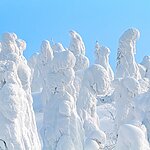
![[Sakata City, Yamagata Prefecture] Enjoy Tohoku's famous sweets at "Holland Senbei FACTORY"! Experience baking and seasoning yourself Dutch rice crackers](https://jp.neft.asia/wp-content/uploads/2018/07/151f3a0247fc50438bbff6d24e7e543d_s-150x150.jpg)
